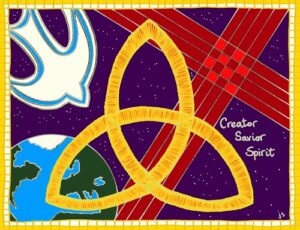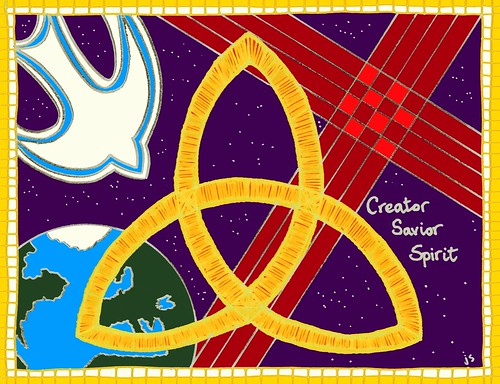
Three in One. That’s the message of Trinity Sunday.
And many ministers, pastors and preachers have used an array of illustrations to help us understand what God is like.
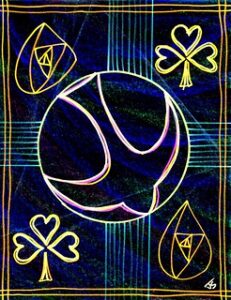
As a child, my Presbyterian minister with an Irish heritage used the example of the shamrock – three leaves united by one stem, one plant; in the theological terms, there’s God the Son (Jesus, our Lord), God the Father and God the Holy Spirit (Our Comforter).
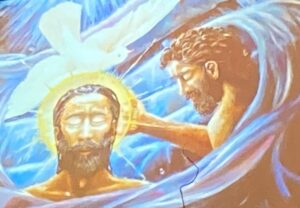
My mother chose another simple explanation: she was my father’s wife, my mother and my Granny’s daughter. Three roles, one person. The three roles brought out very different attributes and qualities.
Today at St. Andrew’s Barrie, Rev. Joanne introduced another. This is perhaps the most beautiful illustration: it’s call perichoresis.
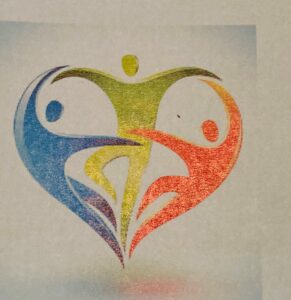
“It’s like a harmonious set of relationships in which there is a mutual giving and receiving,” writes theologian Jonathan Marlowe. “This relationship is called love, and it’s what the Trinity is all about. The perichoreisis is the dance of love.”
At St. Andrew’s this morning, Rev. Joanne showed the kids the dance and brought in a lady celebrating her centennial birthday this week. The young and the old and everyone in between belongs – and brings – something wonderful to the dance.
As inquisitive and analytical as some of us might be, it’s perhaps best not to put human limits on God – limits of our understanding, our minds, our imaginations and our language.
One thing we can take away from this Sunday in June, the day after Barrie Pride celebrated its parade, is God’s pronouns: not He, not She. They.

Human constructs, by their nature, impose limits that are human and God transcends these.
So don’t put God in a box. Challenge yourself to discover and explore God’s vast goodness.
